Prepared to be amazed at the Machu Picchu and the Golden Empires of Peru travelling exhibition and the unforgettable VR experience travelling around and above this bucket list place.
/This stunning exhibition has been to Florida, Milan, Paris and is now in Sydney until February 26th 2025. It should soon be coming to a place near you and must not be missed. I went to see it at the Australian Museum in Sydney after having read the following;
“ Using a combination of state of the art projections, video and priceless artefacts, this immersive experience offers unparalleled glimpse into the opulent history of the Andean people.”
It goes on to state;
“Come face to face with over 130 ancient artefacts including exquisite jewellery, funerary objects from royal tombs and one of the most impressive gold collections to tour the globe. ”
Below; a display at the exhibition showing the three worlds with the owl being a member of the “Upper World”, Hanan Pacha.
Below; a humming bird and an owl. Birds symbolise Hanan Pacha because of their ability to fly up to it. Most of the pottery have spouts and are known as “spout bottles”.
Below; another depiction of an owl.
Below; a cat from the “here and now”(Kay Pacha) from the Moche Culture(100-800CE) Moche pottery artists created containers in the form of Jaguars, pumas, ocelots and oncillas (little spotted cats). Being black, this bottle represents a puma. Living in Kay pacha requires effort, strength and determination and so the top predators, the jaguar and puma are representatives of this world.
Below; another spout bottle depicting the inner world or world below (Uku Pacha), a snake from the Cupisnique Culture, 1250 BCE -100 BCE. Uku Pacha is where seeds germinate, a dark place where life is conceived. It is also the home of the dead. They are buried there and regenerate. It is also entered by snakes and they are its symbol.
Below; a screen which interprets his story in relation to the images on the bowl in the photo below.
Below; this bowl represents Ai Aepec’s journey, his death and his rebirth. It is from the Moche Culture 100-800 CE..
Below; the screens tell us the story of Ai Aepec and his heroic adventures. Ai Apaec is a made up name by the exhibitors which comes from words in the Moche Culture
Below; the helpful screen interprets the images on the bowl and makes sense of everything. People would have spent maybe 20 seconds looking at the bowl but after having seen the images and information on the screen, the bowl becomes a far more informative artefact.
Below; the some more of the story on the bowl and the featured sections on the screen.
Below; Ai Apaec begins his journey by flying over mountains on the back of a vulture.
moche culture
Below; Whilst he is making his way to “Uku Pacha”, the “world below” or the “world of the ancestors, he has to fight a crab. Fortunately he defeats the crab, turns into one but keeps his head and gains a pair of claws to catch food.
moche culture
Below; another reference to him becoming a crab.
Moche culture
Below; a nose ornament of a crab.
moche culture
Below; to enable him to enter “Uku Pacha” he has to turn into a Puffa Fish.
moche culture
Below; Ai Apaec dives deep into the ocean and comes across a scary creature with a scary name, “The Decapitator”. Sadly, Ai Apaec is very tired by now and after a fierce battle, his head is cut off.
Below; he is dragged off to enter the world of the ancestors.
moche culture
Below; his head in the world of the ancestors.
moche culture
Below; an alternative view of Ai Apaec, his funeral mask.
moche culture
Below; a photo of a screen explaining the mask.
Below; With the help of the “Owl-Shamaness”Ai Apaec has enough energy to “unite” with Pachamama, “Mother Earth, the fertility and Earth goddess. He then is able to come back to life. Ai Apaec is reborn, the sun is rescued from the darkness and the Earth is regenerated. Ai Apace is a hero
Below : a spout bottle showing Ai Apaec uniting with the Earth Goddess.
moche culture
Below; the “Healer Owl” or Shaman.
moche culture
The Aztecs, the Mayans and the Incas all believed in the power of human sacrifices. The various Inca societies believed that human sacrifices were a necessity to please the gods and prevent disasters caused by the gods ie natural disasters such as earthquakes, extreme weather etc. Battles were fought with the aim of capturing humans for sacrificial purposes.
Below; a Tumi which was used to slit the throats of the captured warriors to provide sacred blood to keep the gods happy.
moche culture
Below; a cup that would be held next to the cut carotid artery to collect the sacred blood that would be carried to the top of the temple to the “Hanan Pacha” Upper World.
moche culture
Below; Chimu funeral regalia . On the crown and nose ornaments are pelicans. Being gold, the wearer is linked to his/her ancestor, the Sun god . The shape of the ear ornaments is also a link to the Sun god.
chimu culture 100ce-1470 ce
Below; only noble men and women could wear nose ornaments. Apparently, any animals such as the big cats or snakes depicted on them would increase the wearer’s powers. The discs either side of the nose ornament are known as ear flares.
moche culture
Below; the stunning outfit of possibly one of the nine rulers of the Chimu empire. In life as well as death, the grandeur of the outfit worn said it all about the wearer. On death he would protect the ancestors in Uku Pacha.
chimu culture
Below; at the profile of the funeral regalia.Note the size of the ear disc and the workmanship. The disc represents the sun with ancestral faces around the circumference.
chimu culture
Below; a closeup of the chest ornament repeatedly showing the same little figure and again illustrating the goldsmith’s skill.
chimu culture
Below; more magnificent funeral regalia.
moche culture
Below; a similar spectacular headdress.
chimu culture
Below; this person’s funeral regalia, appears different to the others but still conveys the message of being a very important person to enter Uka Pacha.
The VR part of the exhibition was spectacular but obviously, I could not take any photos. However, here are some from the website walkmyworld that will give you an idea of what the Inca Environment is like.
Below; the classic photograph of Machu Picchu.
The next 3 photos below give a closer look at some of the numerous buildings at Machu Picchu
Below; Intihuatana. This stone casts a shadow all through the year from the sun except on the two equinoxes. It is set on an angle of 13 degrees to correspond with the tilt of the earth as it goes around the sun. If it was vertical, shadow would occur on the dates of the equinox and every other date.
Below; the next two photos show the Temple of The Sun.
Below; one of the amazing things that is spoken about Inca stonework is how close the large stones are fitted together.
Above;










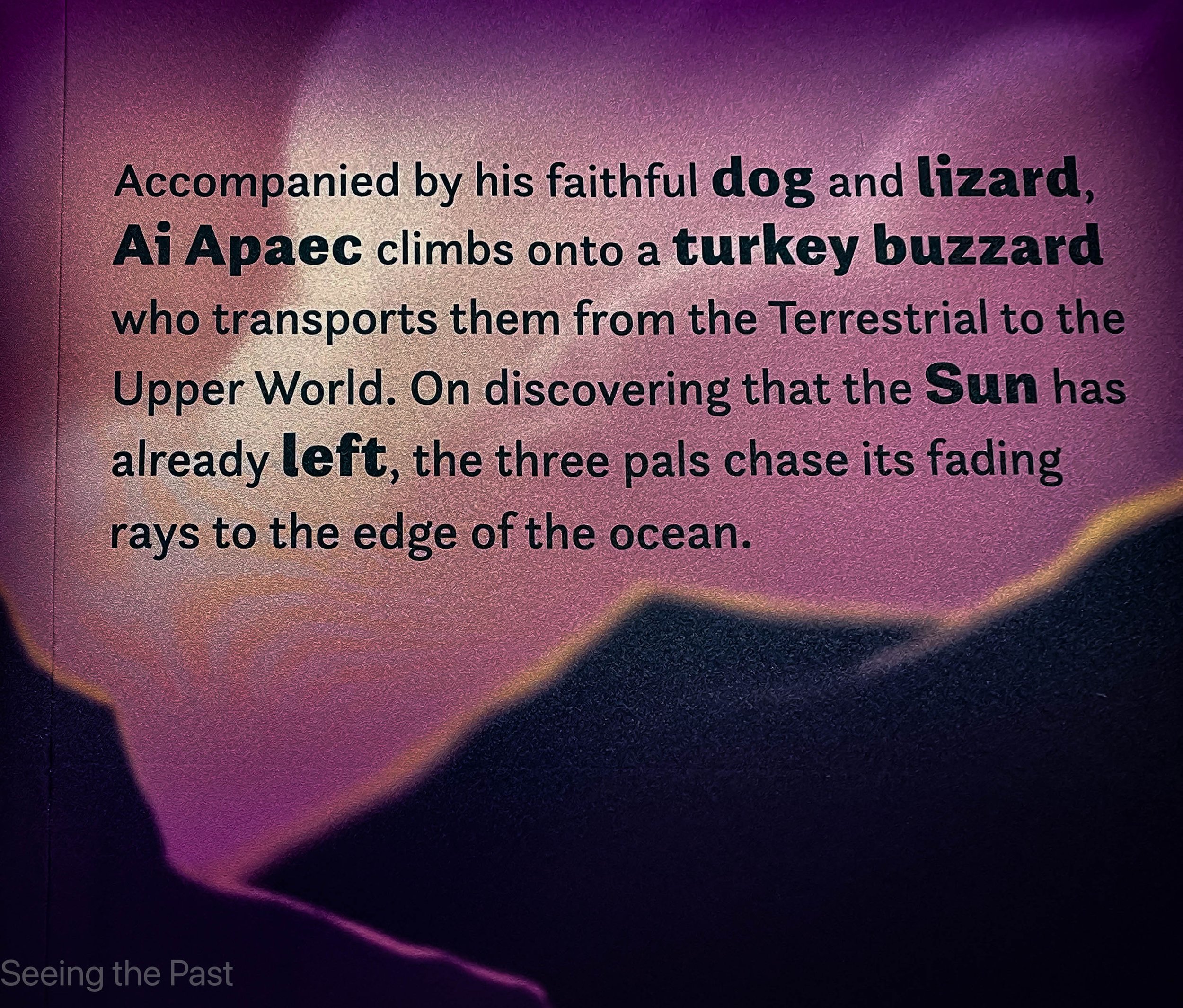




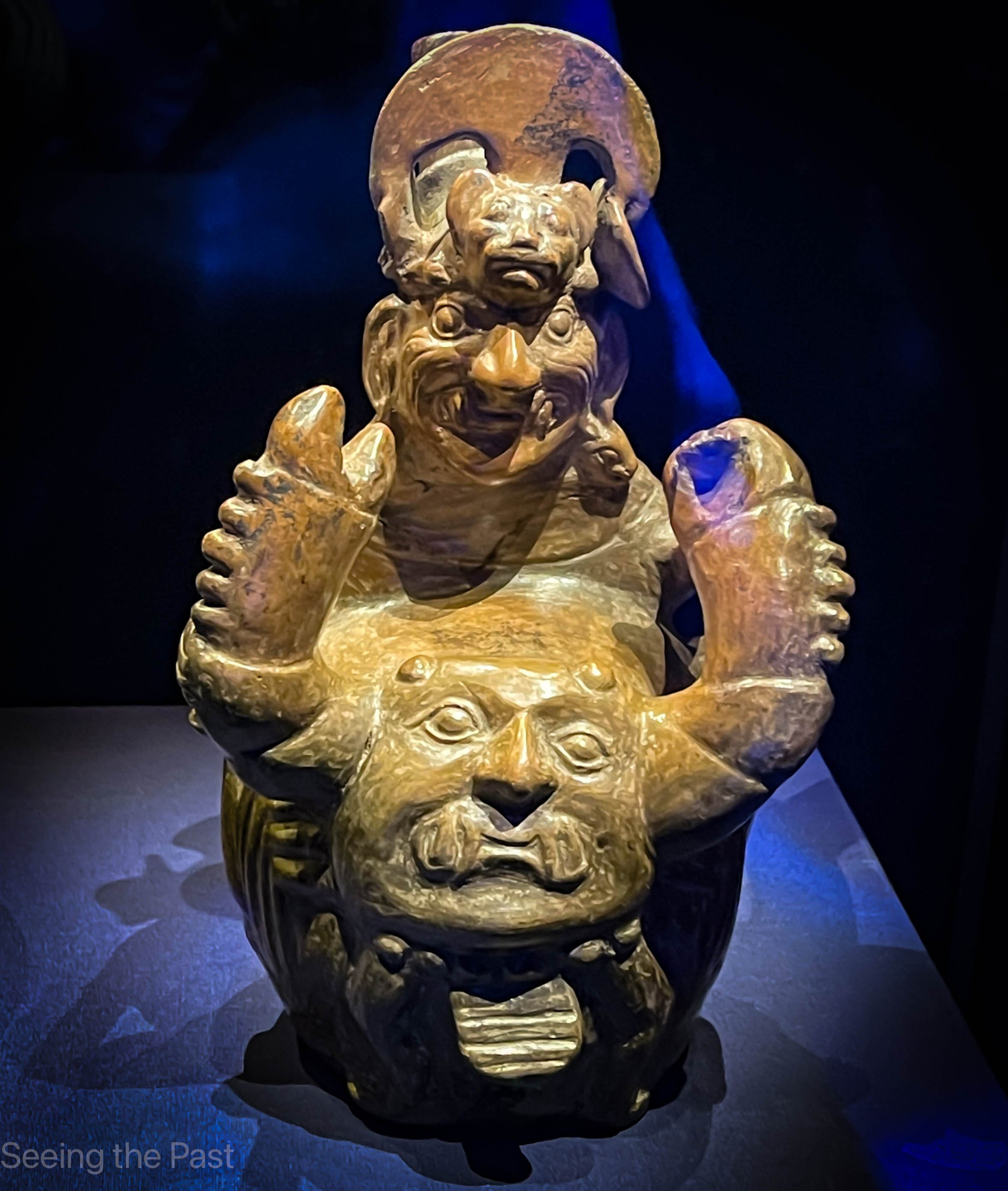




















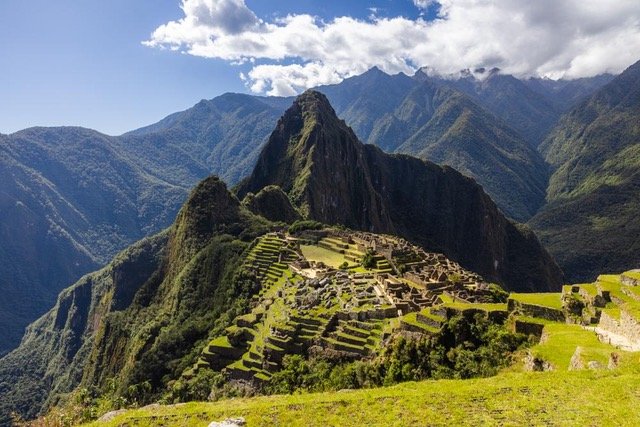

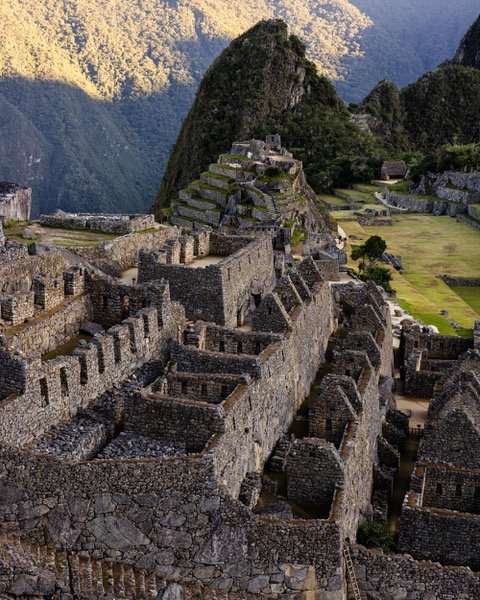
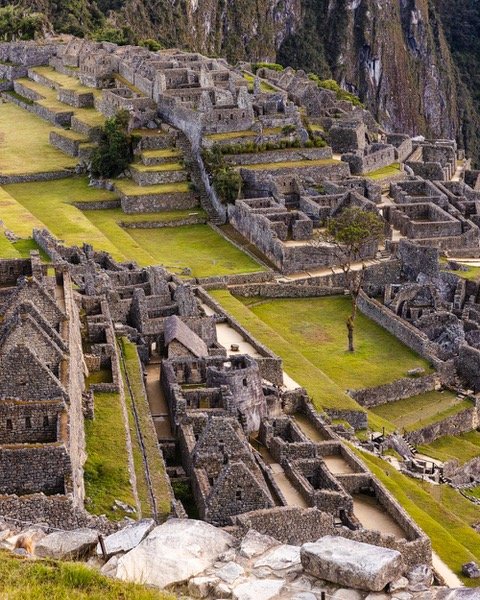
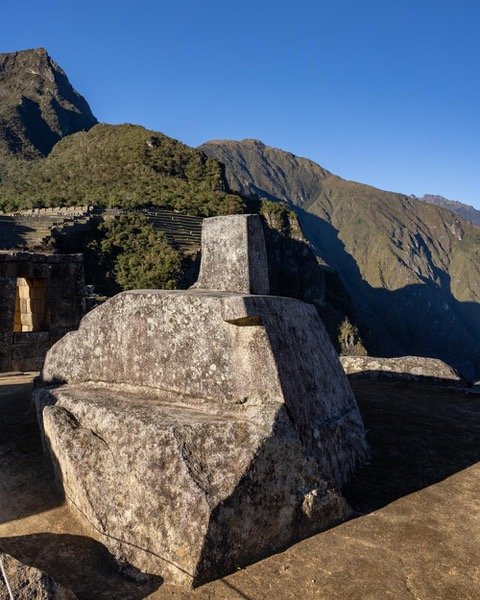
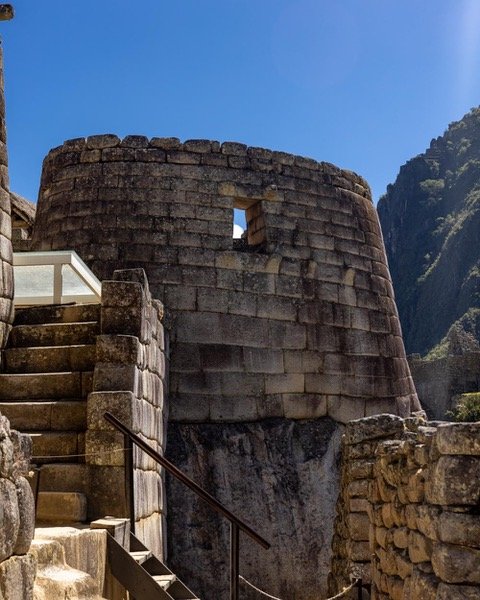

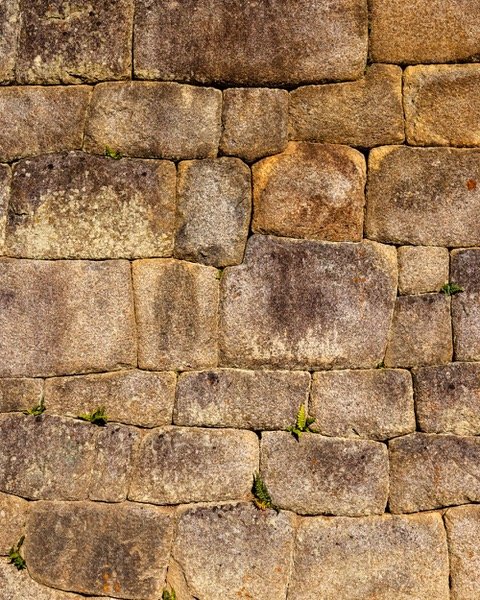










A day’s wandering around this area of Coventry will present you with hundreds of years of history to discover. You will be able to visit the ruins of the 14th and 15th century church of St Michael that became a cathedral in 1918 as well as the new one next door.. About 160 metres away or a two minute walk, is Holy Trinity church with its amazing Medieval “Doom Painting” which some people believe is the best one in Britain. One minute away, is the wonderful and free Herbert Art Gallery and Museum.